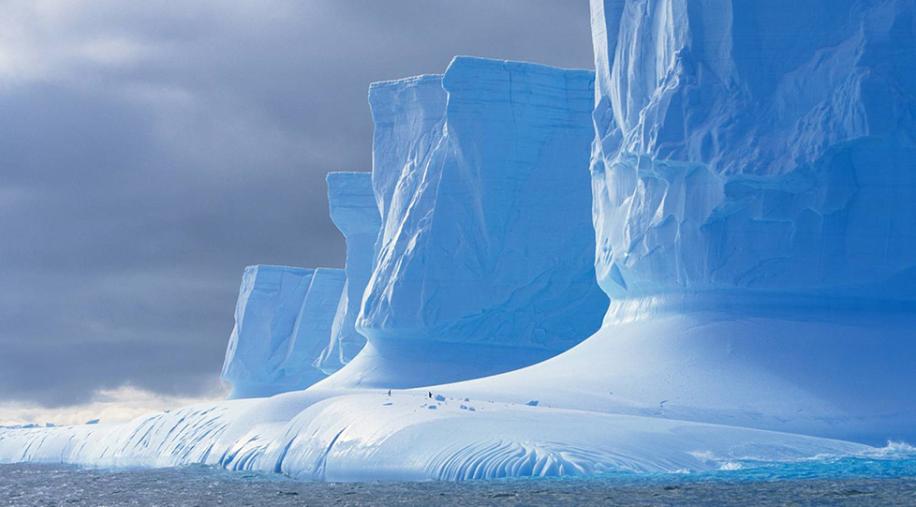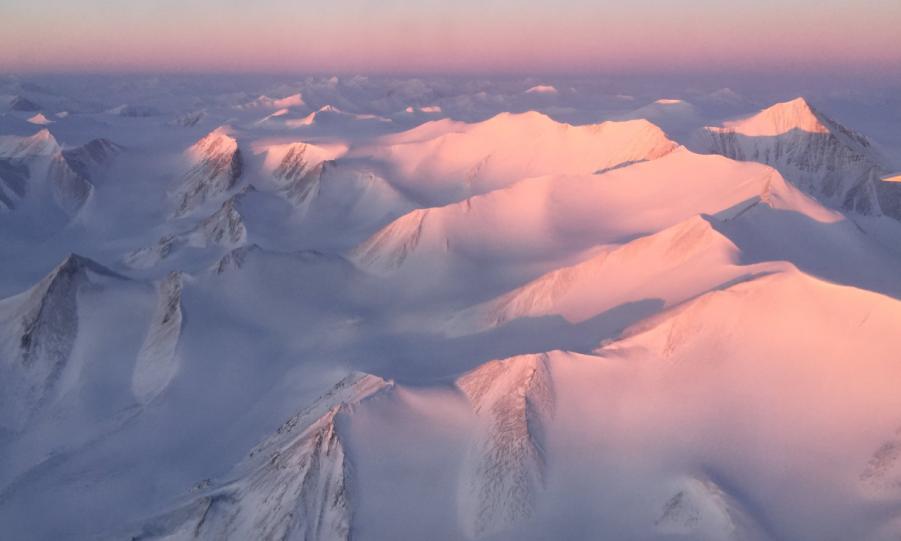What Are the Dangers of Viewing the Northern Lights?
The Northern Lights, also known as Aurora Borealis, are a captivating natural phenomenon that draws countless travelers to the Arctic regions each year. While witnessing this celestial dance is a breathtaking experience, it's crucial to be aware of the potential dangers associated with viewing the Northern Lights and take necessary precautions to ensure a safe and enjoyable journey.

Understanding The Northern Lights
Scientific Explanation: Aurora Borealis And Its Causes
The Northern Lights are a result of the interaction between charged particles from the sun and the Earth's magnetic field. When these particles collide with atoms and molecules in the atmosphere, they release energy in the form of light, creating the vibrant displays we see in the night sky.
Geographical Occurrence: Regions Where The Northern Lights Appear
The Northern Lights are primarily visible in high-latitude regions, such as Alaska, Canada, Iceland, Norway, Sweden, and Finland. These areas experience long periods of darkness during the winter months, providing ideal conditions for viewing the aurora.
Seasonal And Time Factors: When And Where To Witness The Phenomenon
The Northern Lights are most commonly seen during the winter months, between September and April. The best time to view them is typically between 10 pm and 2 am, when the sky is darkest.
Potential Dangers Of Viewing The Northern Lights
Extreme Cold Weather Conditions:
- Sub-Zero Temperatures and Hypothermia Risks: Temperatures in the Arctic regions can drop to extreme lows, increasing the risk of hypothermia. Proper clothing and protective measures are essential to stay warm and prevent health complications.
- Proper Clothing and Protective Measures: Wear layers of warm clothing, including a waterproof outer layer, insulated boots, gloves, and a hat. Consider using hand warmers and foot warmers to keep your extremities warm.
Slippery And Icy Surfaces:
- Increased Risk of Falls and Injuries: Snow and ice can make surfaces slippery, increasing the risk of falls and injuries. Choose safe viewing locations and walk carefully to avoid accidents.
- Choosing Safe Viewing Locations: Select viewing spots that are well-maintained and free of hazards. Avoid walking on frozen lakes or rivers, as they may be unstable.
Limited Visibility And Darkness:
- Impaired Night Vision and Reduced Awareness: The darkness and limited visibility can impair night vision and reduce awareness of surroundings. Use flashlights or headlamps responsibly to navigate safely.
- Using Flashlights or Headlamps Responsibly: Avoid shining flashlights or headlamps directly at other people's eyes. Use them sparingly to preserve night vision and minimize light pollution.
Wildlife Encounters:
- Potential Presence of Wild Animals in Remote Areas: Remote viewing locations may be home to wild animals, such as wolves, bears, and moose. Maintain a safe distance and avoid interactions to prevent potential encounters.
- Maintaining a Safe Distance and Avoiding Interactions: Keep a safe distance from wild animals and avoid approaching or feeding them. Carry bear spray as a precaution in areas with a high bear population.
Additional Precautions For Safe Viewing
Choosing The Right Location:
- Avoiding Crowded Areas and Selecting Isolated Spots: Choose viewing locations that are less crowded to avoid large gatherings and maintain social distancing.
- Considering Weather Forecasts and Choosing Clear Nights: Check weather forecasts before your trip and choose nights with clear skies and minimal cloud cover for the best viewing conditions.
Proper Clothing And Gear:
- Layering Clothing for Insulation and Protection: Wear layers of clothing to trap heat and protect yourself from the cold. Choose breathable materials that allow for easy movement.
- Wearing Non-Slip Footwear and Warm Accessories: Wear non-slip footwear with good traction to prevent slipping on icy surfaces. Bring warm accessories like a scarf, hat, and gloves to keep your head, neck, and hands warm.
Staying Hydrated And Nourished:
- Carrying Sufficient Water and Energy-Rich Snacks: Bring plenty of water and energy-rich snacks to stay hydrated and energized during your viewing session.
- Avoiding Alcohol and Caffeine Consumption: Avoid alcohol and caffeine consumption, as they can dehydrate you and make you more susceptible to the cold.
Restatement Of Thesis: Emphasizing The Need For Caution

While the Northern Lights are a mesmerizing natural phenomenon, it's crucial to recognize the potential dangers associated with viewing them. By taking necessary precautions, such as dressing appropriately, choosing safe viewing locations, and being aware of wildlife and weather conditions, you can ensure a safe and enjoyable experience.
Final Thoughts: Encouraging Responsible And Safe Viewing Practices
The Northern Lights are a natural wonder that should be experienced responsibly and safely. By following these guidelines, you can minimize the risks and maximize your enjoyment of this awe-inspiring celestial display. Remember, safety is paramount, and it's always better to be prepared than to regret.
YesNo

Leave a Reply